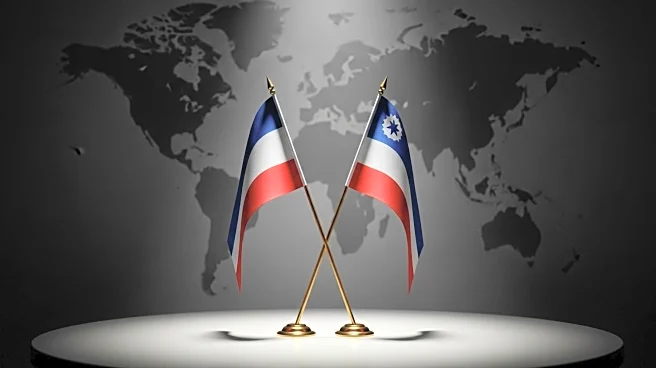What's Happening?
Eurasia Mining PLC has announced a significant development concerning its NKT mine, a Tier-1 scale project located adjacent to its Monchetundra mine. The company has received a two-year extension on its NKT license, which is a pivotal step towards transitioning to a production permit. This extension is part of Eurasia's strategy to enhance shareholder value and facilitate its exit from Russia. The NKT mine benefits from existing infrastructure and low capital expenditure requirements, providing a competitive advantage that could lead to a substantial liquidity event for the company and its stakeholders.
Why It's Important?
The extension of the NKT mine license is crucial for Eurasia Mining as it aligns with the company's strategic goals of increasing shareholder value and executing its Russia exit strategy. The mine's low CAPEX requirements and existing infrastructure offer a competitive edge, potentially resulting in significant financial gains for the company and its investors. This development may also impact the mining industry by setting a precedent for strategic asset management and international operations, particularly in regions with complex geopolitical landscapes.
What's Next?
With the license extension secured, Eurasia Mining is expected to focus on transitioning the NKT mine to a production permit. This move will likely involve operational upgrades and strategic corporate events to maximize the mine's output and profitability. Stakeholders and investors will be closely monitoring the company's progress and any announcements regarding its Russia exit strategy, which could influence market perceptions and stock valuations.
Beyond the Headlines
The extension of the NKT mine license highlights the broader implications of strategic asset management in the mining sector. It underscores the importance of navigating geopolitical challenges and leveraging existing infrastructure to optimize operations. This development may also prompt other mining companies to reassess their strategies in similar regions, potentially leading to shifts in industry practices and international collaborations.











